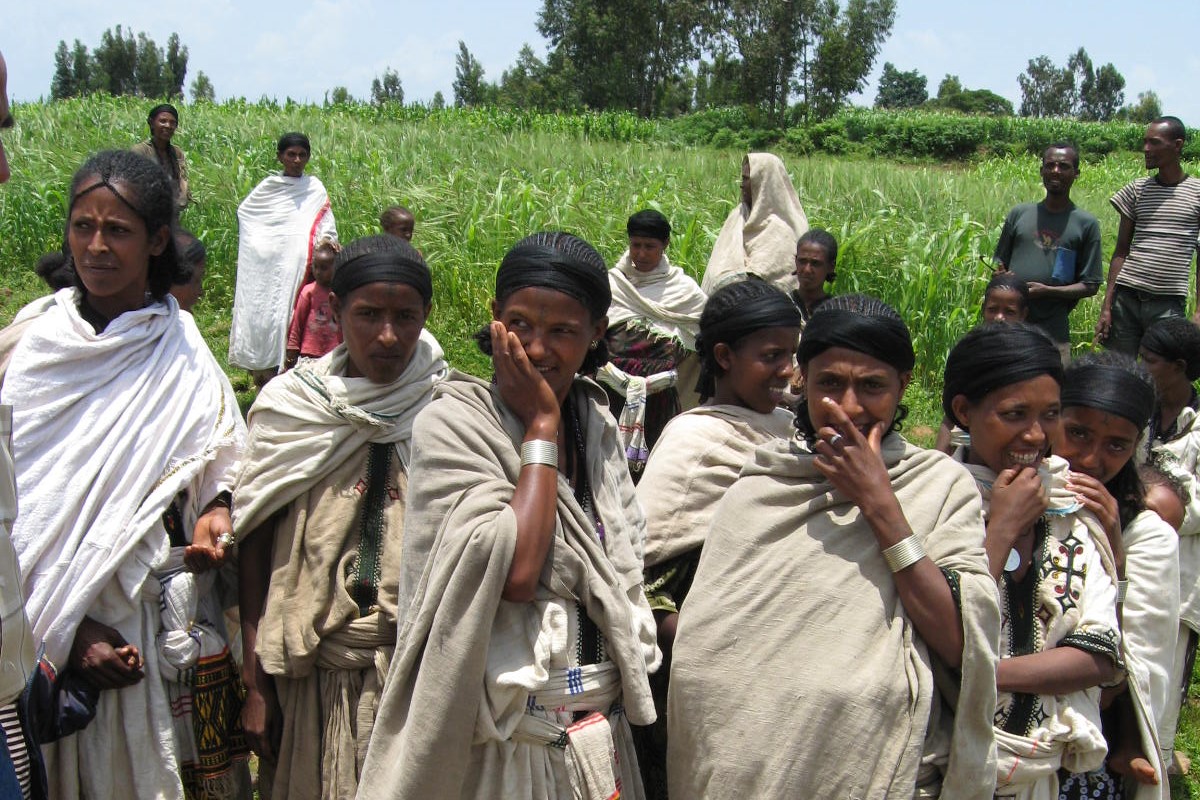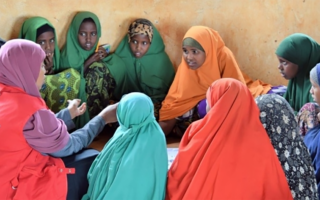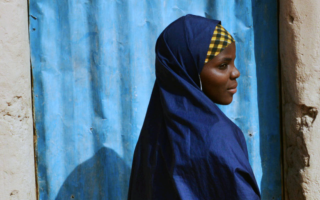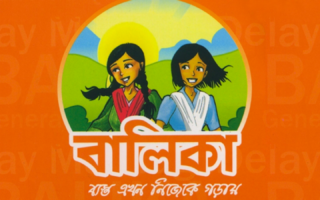
Berhane Hewan (Light for Eve, in Amharic) was a community-based intervention designed to both prevent child marriage and support girls who were already married as children. The intervention was based on formative research in “hotspot” communities where child marriage was common and included:
- community conversations to address social norms related to child marriage;
- provision of school supplies to encourage retention in school and protect girls from marriage;
- a conditional asset transfer, promising girls and their families a goat if she remains unmarried and in school; and
- married girls’ groups led by adult female mentors including life skills, family planning, and other reproductive health topics.
The program had a quasi-experimental research design. After two years of intervention, girls aged 10 to 14 in the Berhane Hewan site were one-tenth as likely to be married and three times more likely to be in school, compared to girls in the control area. Married girls were three times more likely to be using family planning.
Given the success of Berhane Hewan, it was anticipated that the approach would be scaled up. However, the feasibility of upscaling was questioned, given the multicomponent design and lack of costing. As a result, Council researchers designed a second generation of child marriage prevention research to examine whether simplified interventions could be effective in delaying marriage.
In this phase, we implemented the same interventions used in Berhane Hewan separately, in different geographical areas, with the intention to isolate the impact of minimum basic interventions. Costing data were collected on all interventions, and the program was expanded to three African countries: Ethiopia, Burkina Faso, and Tanzania. This phase of the research found that interventions are differentially effective depending on local circumstances and customs, but that cost-contained interventions to prevent child marriage are feasible.




